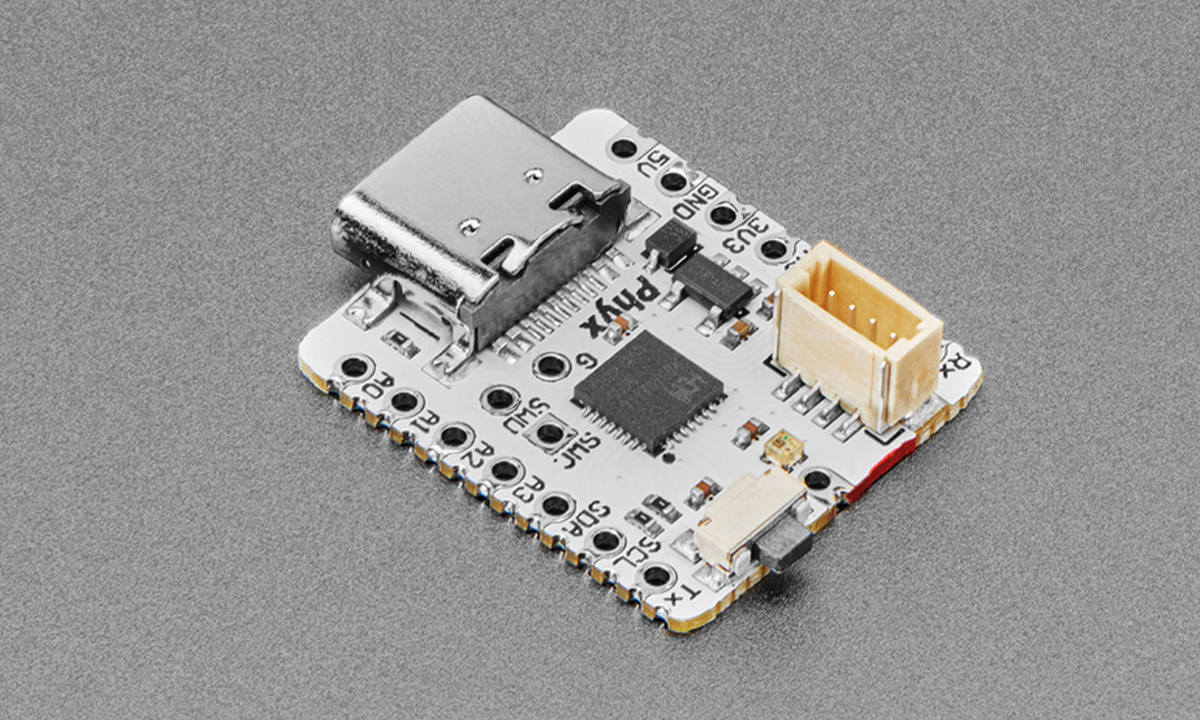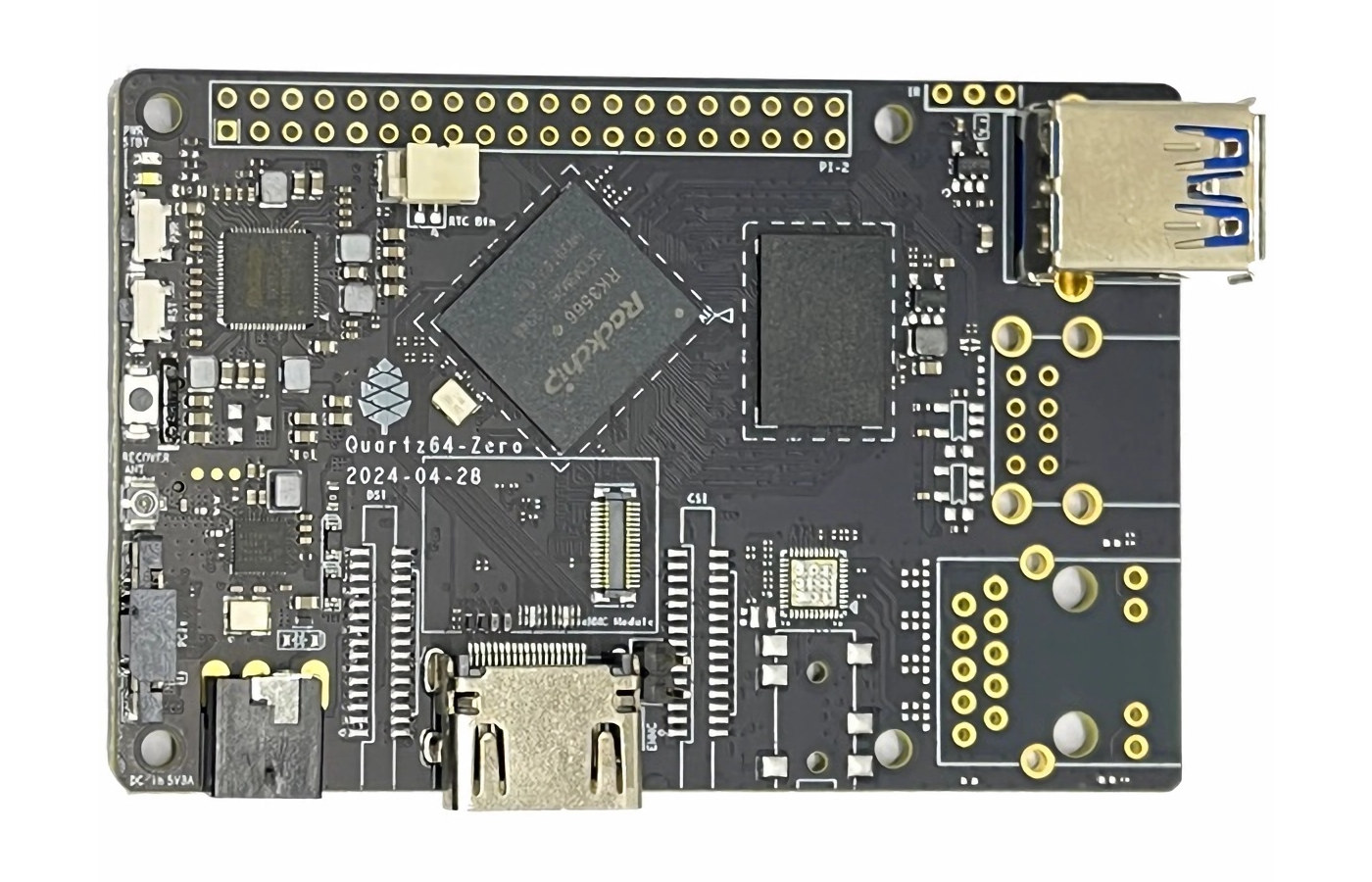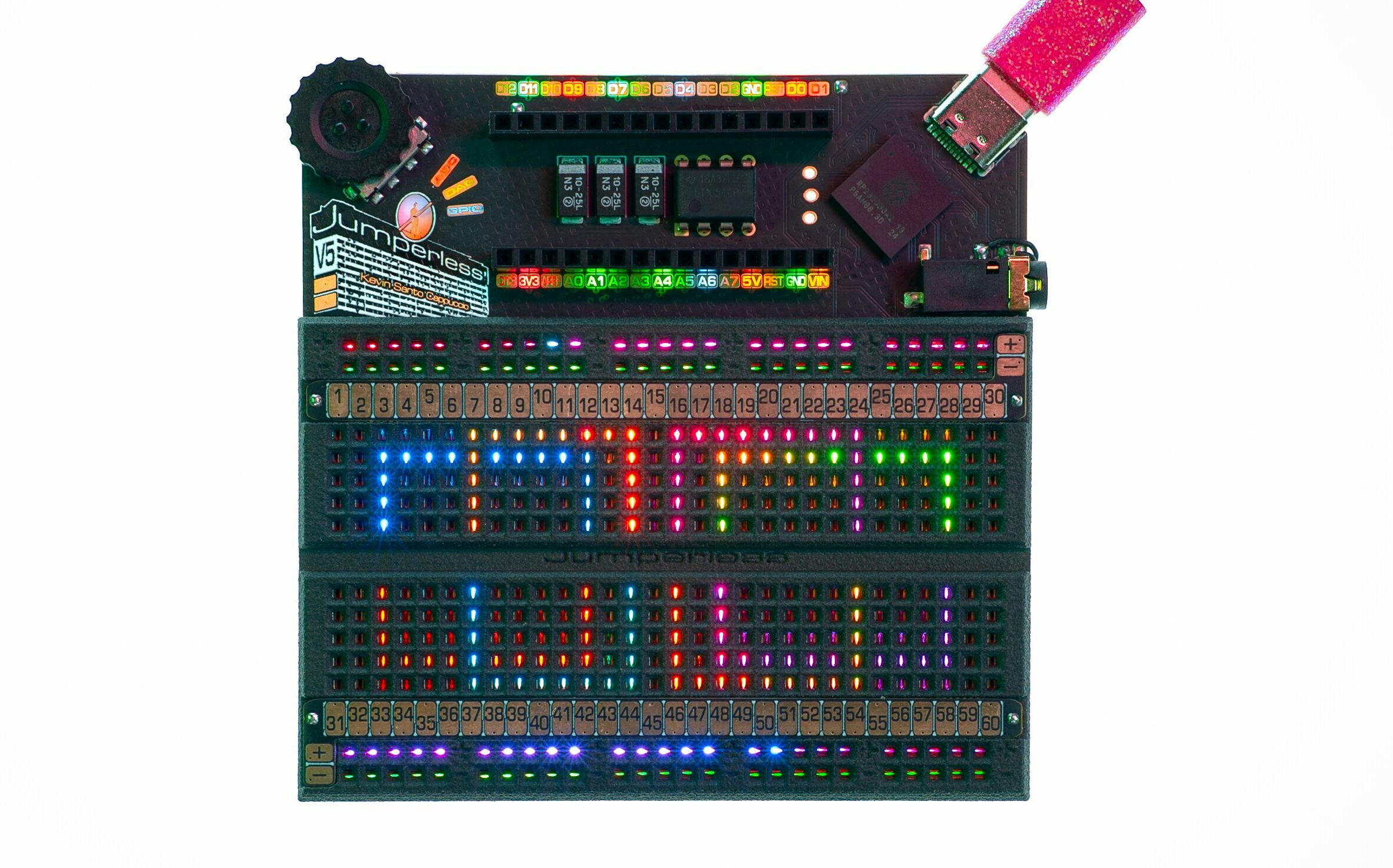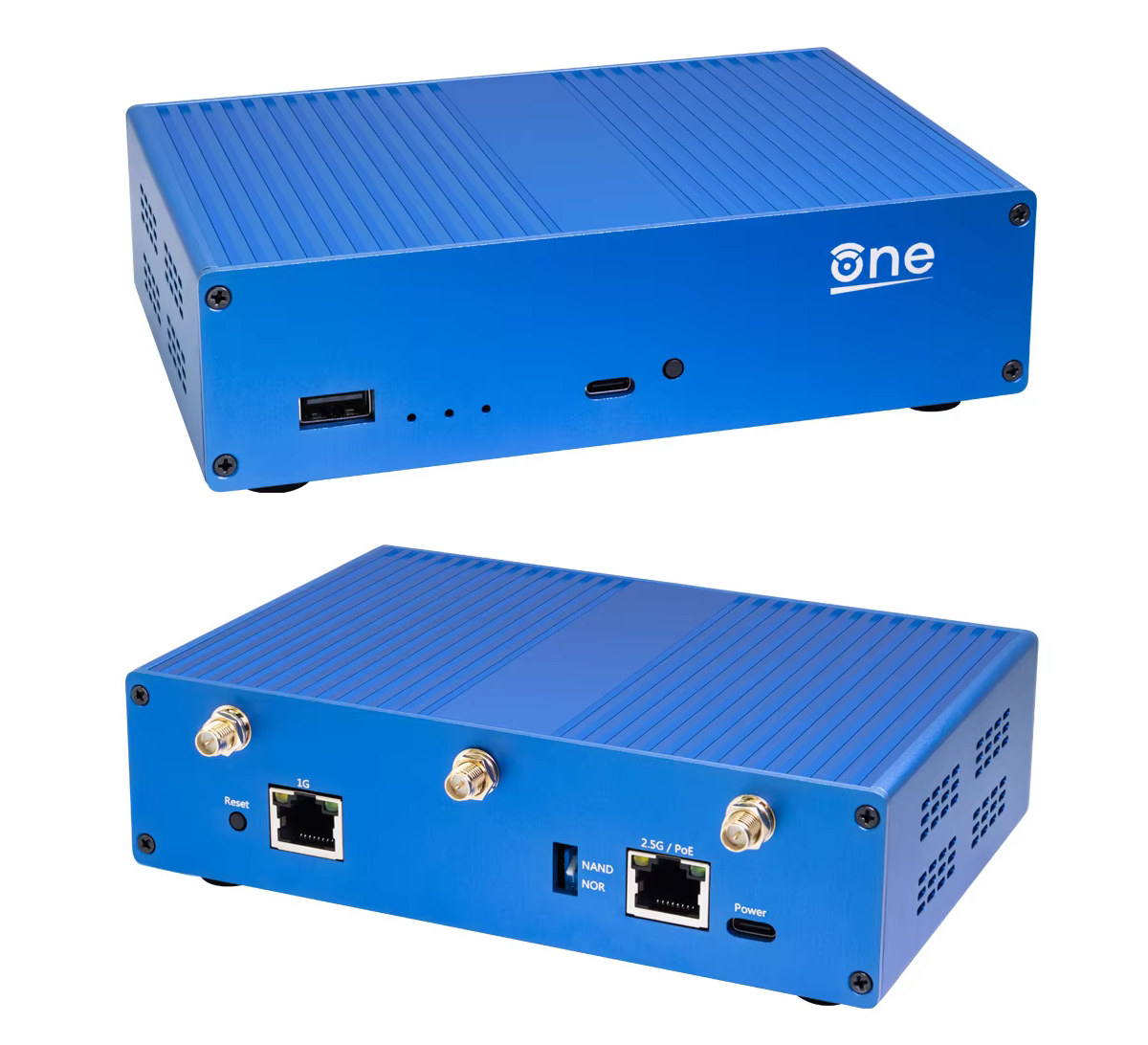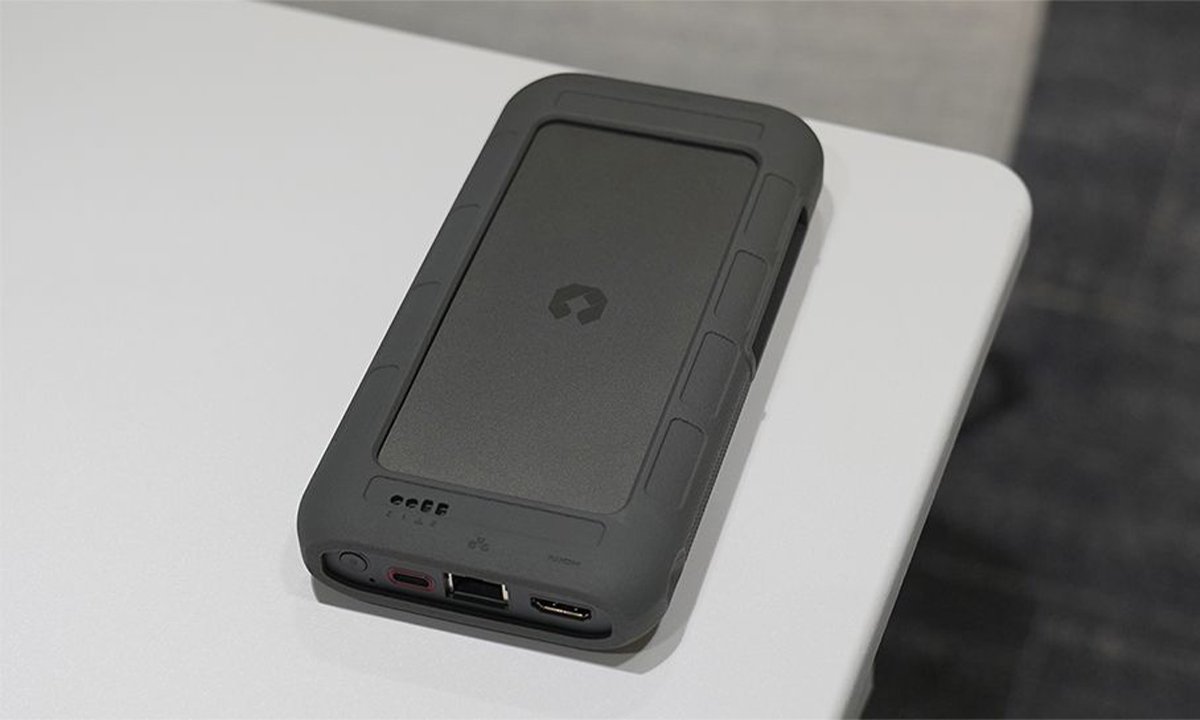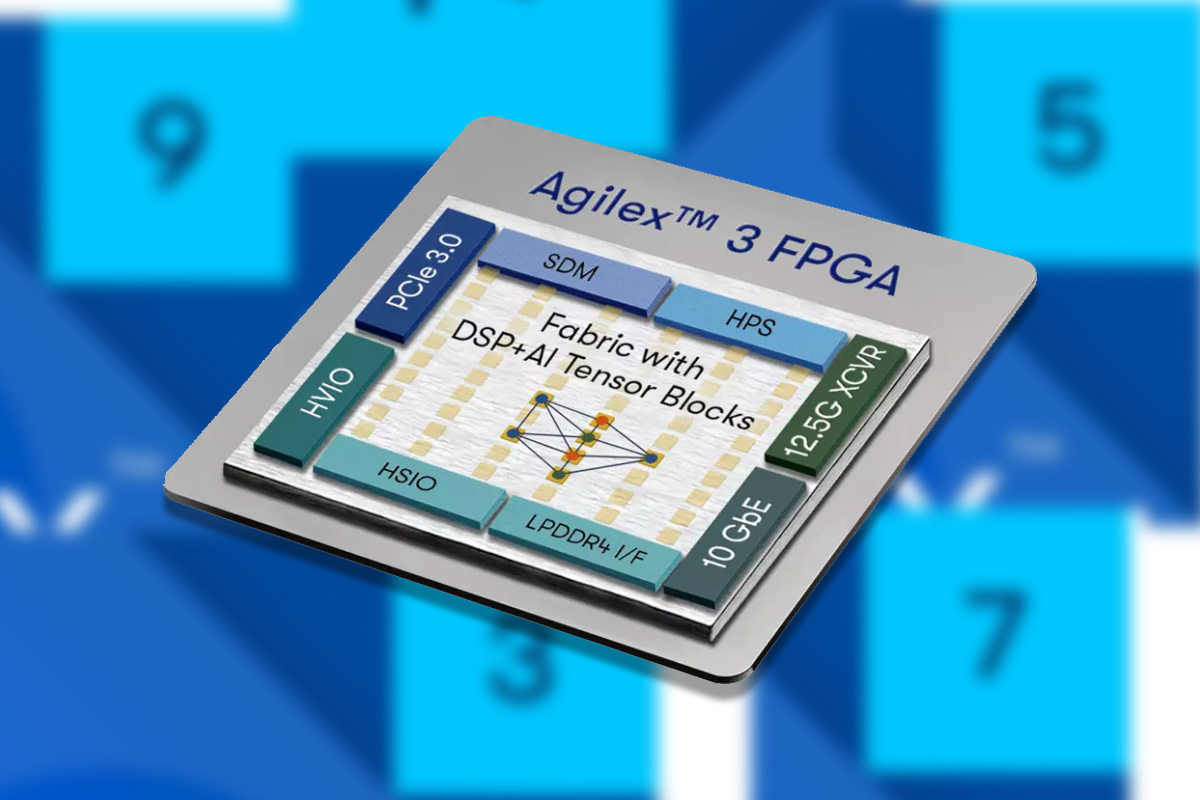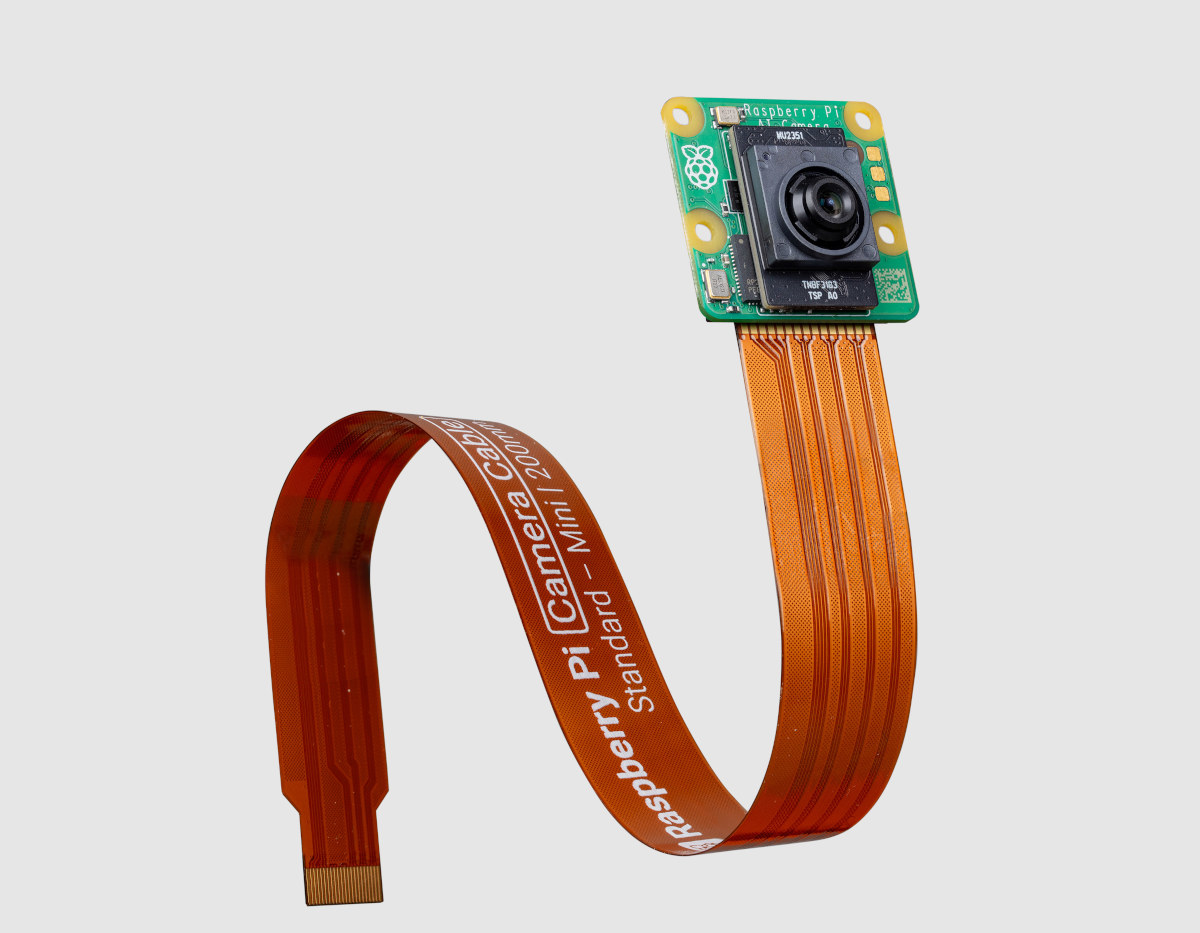The LANA-TNY is a compact development board created by Phyx and built around the CH32V203 RISC-V microcontroller. It offers a low-cost solution for embedded development and features a built-in USB bootloader, eliminating the need for an external programmer to flash the firmware. With a USB-C connector and a minimalist design, the board provides essential components to start development quickly. At its core, the Phyx LANA-TNY is powered by the CH32V203G6U6, a 32-bit RISC-V microcontroller from WCH Electronics, capable of running up to 144MHz with 1-cycle multiply/divide operations. It includes 10KB of SRAM, 32KB of single-cycle Flash, and 224KB of additional external flash for program or data storage, though the external memory operates at a slower speed. The CH32V203 microcontroller supports a range of peripherals, including ADC, timers, USB devices, UART, I2C, and SPI, making it suitable for a wide variety of embedded applications. Designed in the style of Adafruit’s QT […]
Quartz64 Zero – A customizable, cost-optimized Rockchip RK3566T SBC with Raspberry Pi PCIe connector
The Quartz64 Zero is a thinner, cheaper version of the Quartz64 Model B with a Rockchip RK3566T quad-core Cortex-A55 SoC clocked at 1.6 GHz, 1GB LPDDR4, and HDMI and USB ports. The Quartz64 Zero has almost the same design as the Quartz64 with footprints for optional components (more on that later). Two noticeable differences are the presence of the 20-pin PCIe connector compatible with the one found on the Raspberry Pi 5 instead of a mini PCIe socket, and WiFi 6 and Bluetooth 5.4 support instead of just WiFi 5/Bluetooth 5.0. Quartz64 Zero specifications (changes highlighted in bold and strikethrough when items have been removed): SoC – Rockchip RK3566T CPU – Quad-core Cortex-A55 processor up to 1.6 GHz GPU – Arm Mali-G52 GPU supporting OpenGL ES 1.1/2.0/3.2, OpenCL 2.0, Vulkan 1.1 NPU – 0.8 TOPS NPU for AI acceleration (Unclear whether it’s present, not listed in the specs) System Memory […]
Jumperless V5 programmable breadboard is based on Raspberry Pi RP2350B, features a built-in power supply (Crowdfunding)
Jumperless V5 is a one-of-a-kind, programmable breadboard based on a Raspberry Pi RP2350B microcontroller that lets you skip the jumper wires and jump right into prototyping. It is described as “an Integrated Development Environment (IDE) for hardware.” The Jumperless V5 also removes the need for test equipment as it comes with built-in power supplies and can function as a multimeter, oscilloscope, function generator, and logic analyzer. As the name implies, the Jumperless V5 breadboard is a revamped version of the original Jumperless, with significant upgrades to make the board easier to use. The Jumperless V5 features a 14 x 30 LED matrix display under the breadboard, a probe for making connections and measurements, four ±8 V, 300 mA power supplies, daisy-chain headers, and overcurrent/overvoltage protection. The software-defined jumpers allow all points to be connected. The four individually programmable ±8 V power supplies, GPIOs, and management channels for voltage, current, and […]
Olimex RVPC is a one Euro RISC-V computer kit with VGA and PS/2 connectors
Olimex RVPC is one Euro RISC-V computer powered by a WCH CH32V003 RISC-V microcontroller and equipped with a VGA port for video output and a PS/2 connector to connect a keyboard. You won’t be able to do much with this device as an end-user, but it does not matter since the RVPC open-source hardware board mostly targets the education market and is offered as a kit to be soldered to lower the selling price and to serve as a soldering learning kit. Olimex RVPC specifications: MCU – WCH CH32V003 32-bit RISC-V2A microcontroller up to 48 MHz with 2KB SRAM, 16KB flash (SOP8 package with 6x GPIOs) Video Output – VGA connector (3x GPIO used for Vsync, HSync, and RGB) Keyboard port – PS/2 connector (2x GPIO used) Programmer port – 2-pin header for CH32V003 programming through a board such as ESP32-S2-DevKit-LiPo-USB Misc – Buzzer (1x GPIO) and Red power LED […]
OpenWrt One WiFi 6 router with Filogic 820 SoC launched for $89
The “OpenWrt One/AP-24.XY” is a Filogic 820-based WiFi 6 router board manufactured by Banana Pi whose software is directly managed by OpenWrt developers with assistance from MediaTek. The router was first announced in January 2024, and developer samples became available sometime in April with some early units auctioned away at the OpenWrt Summit which took place in Cyprus on May 18-19. The good news is that the OpenWrt One is now available to anyone on Aliexpress for $89 including a metal enclosure, a PoE module, three antennas, and a power supply. Here’s a reminder of the OpenWrt One router specifications: SoC – MediaTek MT7981B (Filogic 820) dual-core Cortex-A53 processor @ 1.3 GHz System Memory – 1GB DDR4 Storage 128 MB SPI NAND flash for U-boot and Linux 4 MB SPI NOR flash for write-protected (by default) recovery bootloader (reflashing can be enabled with a jumper) Two types of flash devices […]
UnifyDrive UT2 – A compact NAS powered by Rockchip RK3588C with NVMe SSD support and AI-driven storage management (Crowdfunding)
The UnifyDrive UT2 is a compact network-attached storage (NAS) device powered by the Rockchip RK3588C processor. It supports WiFi 6, and Bluetooth, and has multiple ports for connectivity. Equipped with two M.2 2280 slots for PCIe 3.0 NVMe SSDs, it offers up to 16 TB of storage. The device can connect to networks via 2.5 GbE or WiFi and also function as a WiFi access point, allowing file transfers even without an internet connection. A built-in battery provides uninterruptible power supply (UPS) functionality, enabling continued operation when unplugged. Designed for both home and mobile use, the UnifyDrive UT2 offers AI-driven storage management in a portable form factor. Its versatile networking options allow remote access, backups, and on-the-go file transfers. Despite its size, it delivers robust functionality, serving as a full-featured NAS solution in a variety of settings. I didn’t find any significant differences between the Rockchip RK3588 and RK3588C. This […]
Altera’s 7nm Agilex 3 SoC FPGA features Cortex-A55 cores, AI Tensor Block, DSP, 10 GbE, and more.
Altera, an independent subsidiary of Intel, has launched the Altera Agilex 3 SoC FPGA lineup built on Intel’s 7nm technology. According to Altera, these FPGAs prioritize cost and power efficiency while maintaining essential performance. Key features include an integrated dual-core Arm Cortex A55 processor, AI capabilities within the FPGA fabric (tensor blocks and AI-optimized DSP sections), enhanced security, 25K–135K logic elements, 12.5 Gbps transceivers, LPDDR4 support, and a 38% lower power consumption versus competing FPGAs. Built on the Hyperflex architecture, it offers nearly double the performance compared to previous-generation Cyclone V FPGAs. These features make this device useful for manufacturing, surveillance, medical, test and measurement, and edge computing applications. Altera’s Agilex 3 AI SoC FPGA specifications Device Variants B-Series – No definite information is available C-Series – A3C025, A3C050, A3C065, A3C100, A3C135 SoC FPGAs Hard Processing System (HPS) – Dual-core 64-bit Arm Cortex-A55 up to 800 MHz that supports secure […]
Raspberry Pi AI Camera with Sony IMX500 AI sensor and RP2040 MCU launched for $70
We previously noted that Raspberry Pi showcased a Raspberry Pi Zero 2W with a Raspberry Pi AI camera based on a Sony IMX500 intelligent vision sensor at Embedded World 2024, but it was not available at the time. The good news is that the Raspberry Pi AI camera is now available for $70 from your favorite distributor. This follows the launch of the more powerful Raspberry Pi AI Kit designed for the Raspberry Pi 5 with a 13 TOPS Hailo-8L NPU connected through PCIe. The AI camera based on a Sony IMX500 AI camera sensor assisted by a Raspberry Pi RP2040 to handle neural network and firmware management is less powerful, but can still perform many of the same tasks including object detection and body segmentation, and works on any Raspberry Pi board with a MIPI CSI connector, while the AI Kit only works on the latest Pi 5 board. […]


